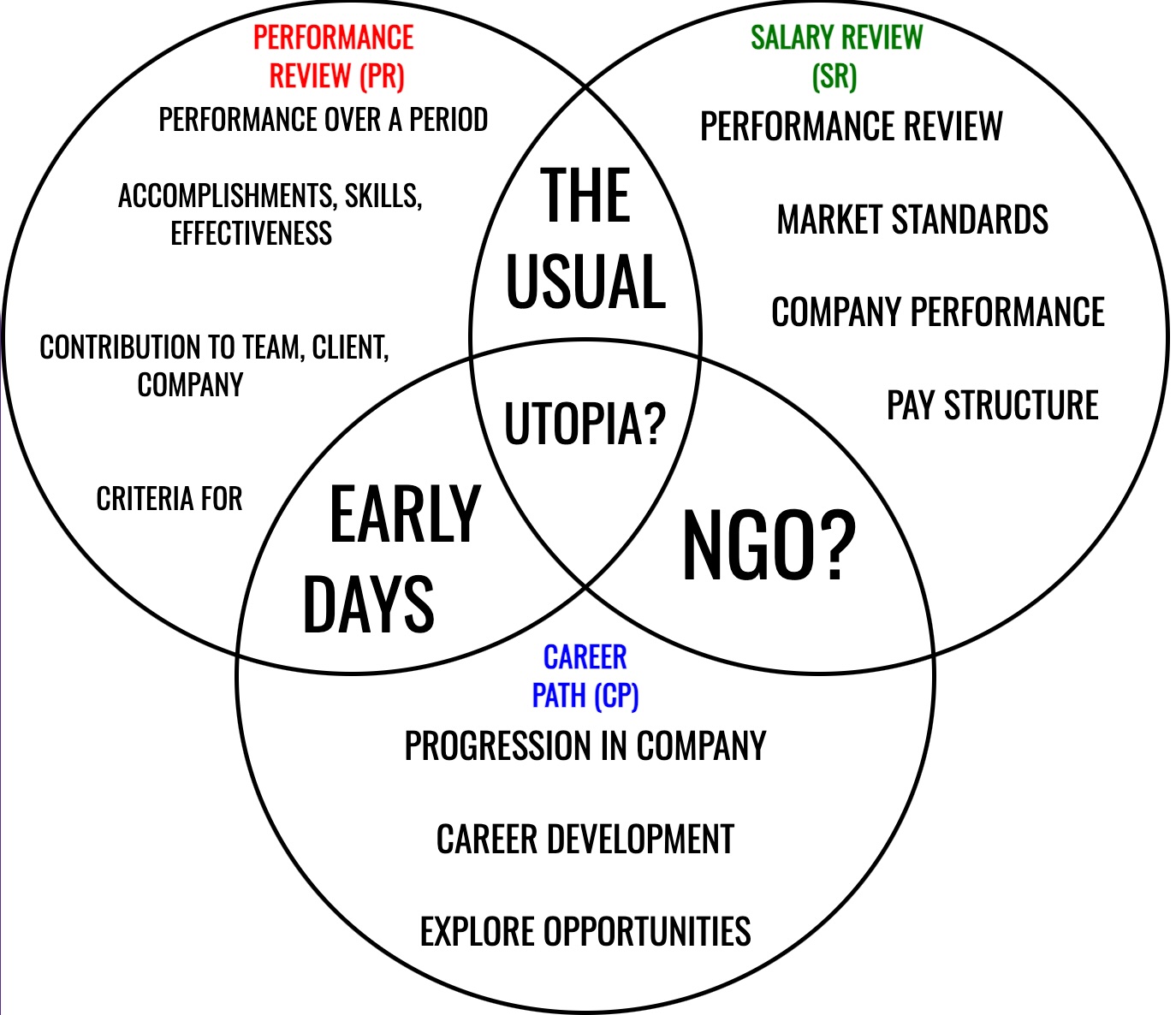
Depends on who you ask, but building a company from scratch is one of the best experiences. You can bond with each new employee you hire. You can find time for deep work. Most work hours are actual work: input → output. There’s little latency spent on sending signals across human nodes in the company’s human network. You don’t have to worry about a big payroll every month yet. You don’t worry about raising salaries for staff on a monthly or quarterly basis.
It’s also one of the most challenging times. When you stop working, the company stops moving. It’s nerve-wracking when it’s difficult to predict revenues and profits. One important area that will evolve as your company grows is performance views.
I formally started my company at the end of 2020. At first, I just enjoyed helping founders with building apps. I enlisted a cofounder, hired a few former coding bootcamp students as well as former employees, and off we went. In the middle of the COVID-19 outbreak, it was a natural choice to build a remote-first company.
In my experience, when we got to dozens of employees, around 2021-2022, I whipped out a simple performance review system that was centered on frequent check-ins. My cofounder and I held monthly 1-1s with employees, and every 6 months, we would have enough materials for a Performance Review (PR). We used our 1-1 sessions to coach employees on how to share updates, ask questions, set goals, and identify communication gaps. There was an additional benefit. Doing this together as founders helped the two cofounders understand each other well.
Back then, PR included salary review (SR). It felt natural. It was also what people expected. When you discuss my performance, shouldn’t you discuss my salary adjustment? However, there’s a psychological impact when we do a salary review and there aren’t changes. It’s easier to make changes for junior roles. As you get more seniors, your salary is not strictly related to your time in the company, but the impact you can create.
In the 2022-2023 period, as we grew past the 50-person mark. We made it flexible: 6-month PR review for Level 1, 9-month PR review for Level 2, and 12-month PR review for Level 3 and above. We also started involving peer and managerial feedback in these reviews. Preparing for a PR became more involved. We tried to develop a career path but in the fast-growth phase, things were changing too fast, and our career ladders became unscalable.
Now in 2024, with close to 90 employees, we have experienced growing pains. Not enough performance feedback to employees. Several Performance Improvement Plans (PIP) became necessary. We have had some successes with PIP, but we feel that what we do in PIPs could have been done in PR if we had done PR more regularly and proactively. We have to empower employees to own their PR. It’s time to separate SR from PR. The company owns the SR.
So we now publish a guide for employees to conduct quarterly PR, which includes self-evaluation and feedback from peers, managers, and clients where applicable. We set aside a week time window each quarter for a more active check-in. A PR Review committee, comprised of top-level managers in this first term, will review PR and help ensure the effectiveness of PR.
At the risk of overly simplifying it, here’s a Venn diagram explaining how we now incorporate performance review, salary review, and career path. Let’s not interpret the overlaps too literally. Good performances don’t always lead to salary increases and career progression; it’s not always possible or immediate.
We don’t yet have a good career ladder. That’s to tackle next. Still, I am proud of our new process. Employees get to do a performance review up to once a quarter and a salary review once a year. We also have guidelines for ad-hoc reviews due to special reasons.
Next: Long indoor bike rides